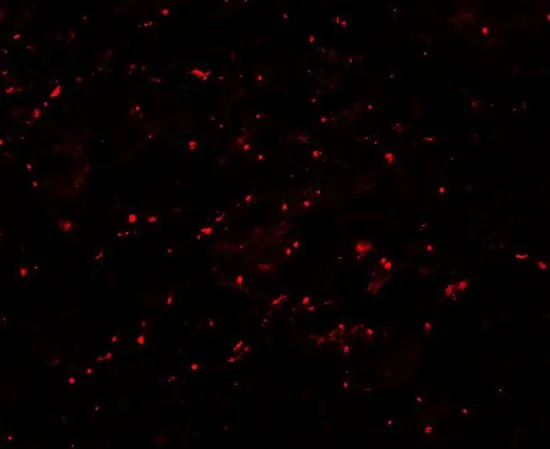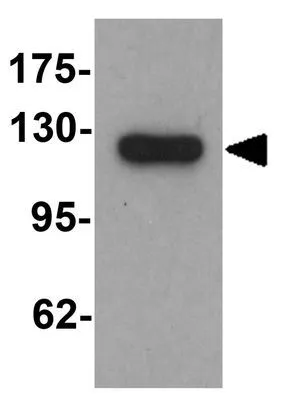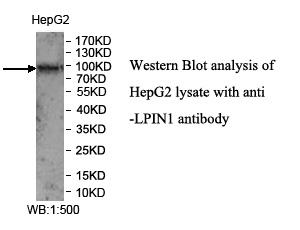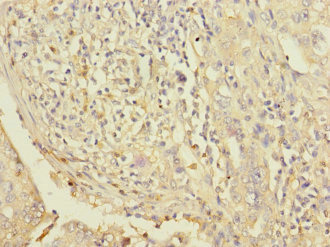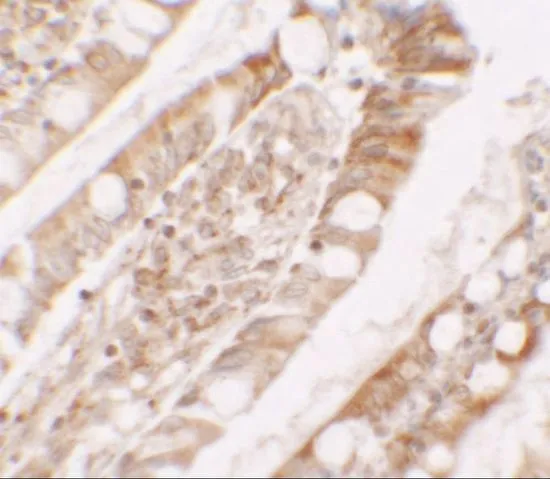
IHC-P analysis of human small intestine tissue using GTX31547 Lipin 1 antibody. Working concentration : 5 microg/ml
Lipin 1 antibody
GTX31547
ApplicationsWestern Blot, ELISA, ImmunoHistoChemistry, ImmunoHistoChemistry Paraffin
Product group Antibodies
TargetLPIN1
Overview
- SupplierGeneTex
- Product NameLipin 1 antibody
- Delivery Days Customer9
- Application Supplier NoteWB: 1 - 2 microg/mL. *Optimal dilutions/concentrations should be determined by the researcher.Not tested in other applications.
- ApplicationsWestern Blot, ELISA, ImmunoHistoChemistry, ImmunoHistoChemistry Paraffin
- CertificationResearch Use Only
- ClonalityPolyclonal
- Concentration1 mg/ml
- ConjugateUnconjugated
- Gene ID23175
- Target nameLPIN1
- Target descriptionlipin 1
- Target synonymsPAP1, phosphatidate phosphatase LPIN1
- HostRabbit
- IsotypeIgG
- Protein IDQ14693
- Protein NamePhosphatidate phosphatase LPIN1
- Scientific DescriptionThis gene encodes a magnesium-ion-dependent phosphatidic acid phosphohydrolase enzyme that catalyzes the penultimate step in triglyceride synthesis including the dephosphorylation of phosphatidic acid to yield diacylglycerol. Expression of this gene is required for adipocyte differentiation and it also functions as a nuclear transcriptional coactivator with some peroxisome proliferator-activated receptors to modulate expression of other genes involved in lipid metabolism. Mutations in this gene are associated with metabolic syndrome, type 2 diabetes, and autosomal recessive acute recurrent myoglobinuria (ARARM). This gene is also a candidate for several human lipodystrophy syndromes. Alternative splicing results in multiple transcript variants encoding distinct isoforms. Additional splice variants have been described but their full-length structures have not been determined. [provided by RefSeq, May 2012]
- Storage Instruction-20°C or -80°C,2°C to 8°C
- UNSPSC12352203

